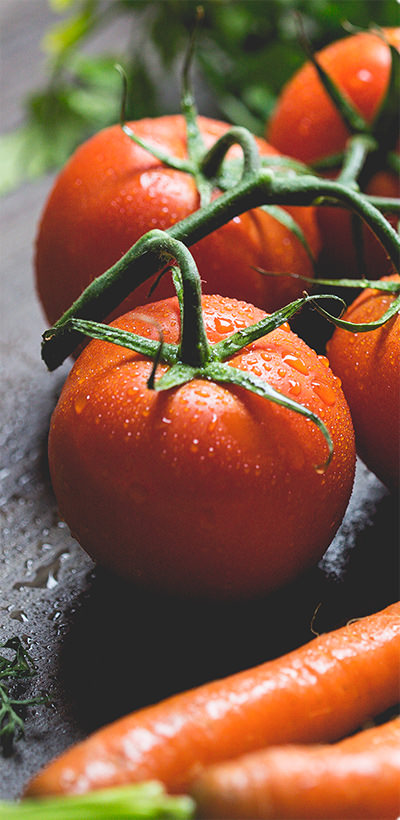Veseys Sweet Pepper Collection
A few of our favourite sweet peppers! This collection contains 3 pkgs, 1 each of Early Sunsation, Fat 'n Sassy and Dragonfly sweet peppers.
Early Sunsation has thick, juicy walls that stays nice and crisp even when fully yellow. This heavy yielding pepper is highly resistant to Bacterial Leaf Spot. Maturity is 65 days to green, 80 days to yellow from transplanting. Approx. 20 seeds/pkg.
Fat ‘n Sassy is a customer favourite for its heavy yields of 4.5” thick walled 4 lobed bell peppers with excellent flavour. This hybrid is great for that stuffed pepper recipe used green or red. Matures 65 days after transplanting. Approx. 20 seeds/pkg.
Dragonfly's early production was a standout for our trial staff. Fruit emerges green before turning deep purple. Dragonfly continues to produce fruit into the fall even after temperatures have dropped. Matures in 60-65 days from transplant. Approx. 20 seeds/pkg.

Details
Growing Information
Planting:
Peppers require a long, warm growing season. Seed should be started indoors in March or 8 weeks prior to transplanting. To start seed indoors, sow 2-3 seeds 1⁄4” deep, in 1x1” cells and provide constant moisture and a soil temperature of 26-29 degrees C. After germination (1-2 weeks), thin seedlings to one per cell. Once seedlings develop 2-3 true leaves, transplant into larger containers (2x2” or 3x3”).
Provide lots of sunlight or artificial light. If you must place pots on your windowsills, be aware that it may get very hot on sunny days and very cold at night. Plants may dry out or get frost or heat damage. Turn containers frequently to allow plants to grow evenly. Protect plants from extreme temperature swings. Room temperature is fine. Water whenever potting mix is dry to the touch. Feed regularly with any balanced water-soluble fertilizer. It is better to feed with a weak solution every time you water (constant feed), than with a strong solution every 2 weeks. You may also use a slow release fertilizer especially for containers, such as SmartCote Hanging Basket Food or Earthworm Castings. Removing 1-2 sets of leaves from each stem or “pinching” may help some varieties stay bushy and produce more flowers.
Moving Outside:
Gradually adjust your plants to outside conditions over a period of a week or two. First place them outside on a warm, calm day in the shade for a few hours. Work up to more sun, wind, and cooler temperatures and finally leave out overnight. Permanently place or plant them outside after your last spring frost date. Check moisture levels every day, and water when necessary. Continue to fertilize throughout the season. Watch out for the usual insect pests: whiteflies, aphids, thrips, and spider mites.
Growing Outdoors:
At transplanting time, set transplants 18 inches apart in rows 30 inches apart. Sheltered, full sun area with soil pH of 6.0-6.8. Peppers are moderate feeders and require plenty of compost and well-rotted manure mixed into the soil prior to planting. Fertilize sparingly until plants start to set fruit. Too much nitrogen causes an excess of foliage and dropping of flower buds. Provide even moisture, particularly during flowering and fruit set. Use black plastic or paper mulch to attract heat, hold water and prevent weeds.
Harvest: Begin harvest when peppers reach a useable size. Cut rather than pull from branch.
Problems: Blossoms will drop when temperature falls below 60 F (15 C) or goes above 80 F (27 C). Blossom End Rot-Fruits blacken and decay at the blossom end due to a calcium deficiency. Poor fruit set is usually due to cold weather. Excessive nitrogen fertilizer during early growth may also delay fruit set.
Pests & Disease: Aphids - small pear-shaped soft bodied insects, green, red or black in colour. Aphids feed by sucking plant sap which causes curled, stunted leaves and shoots and reduces plant vigour. Spray plants with an insecticidal soap.



